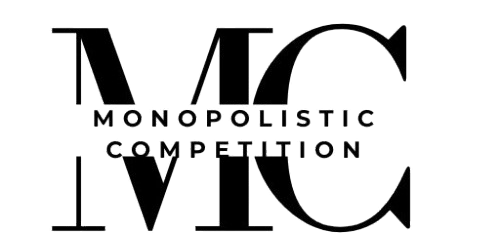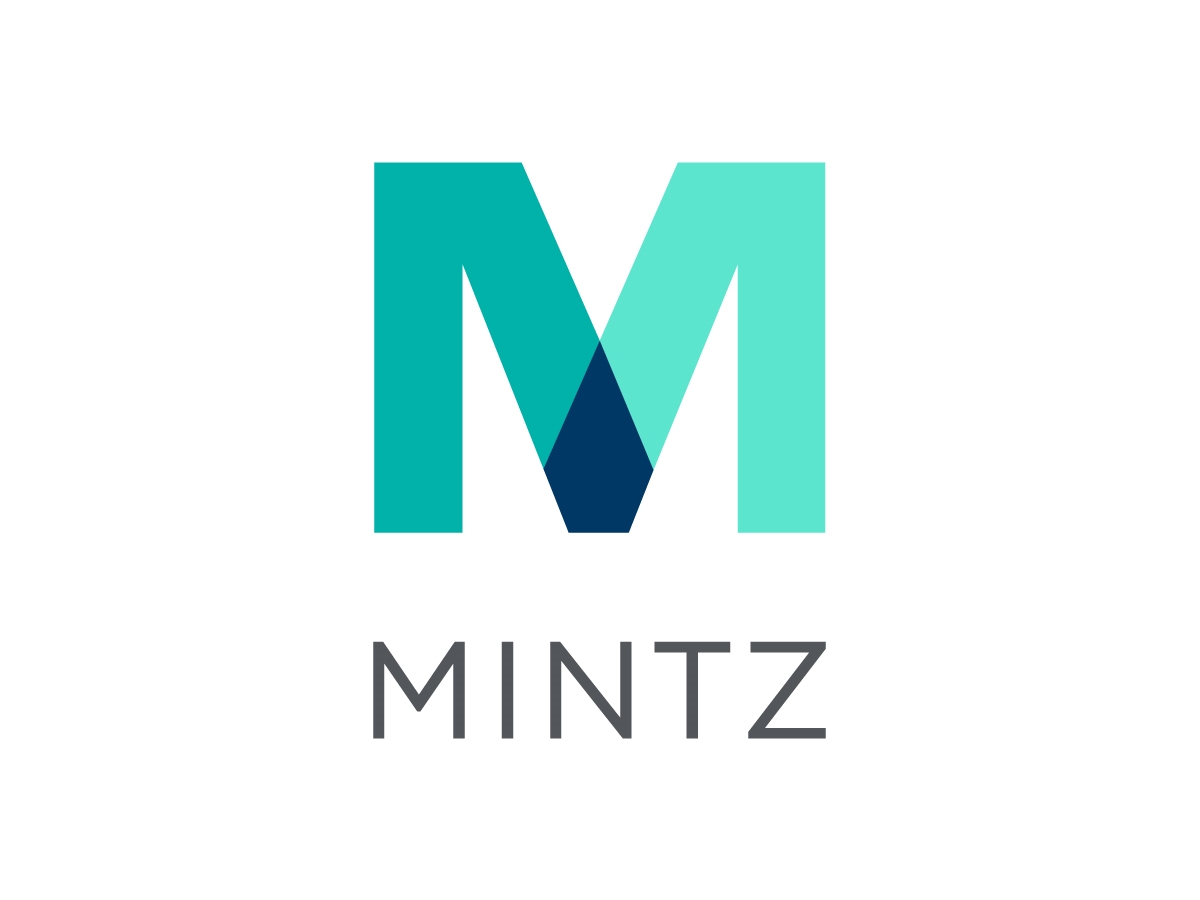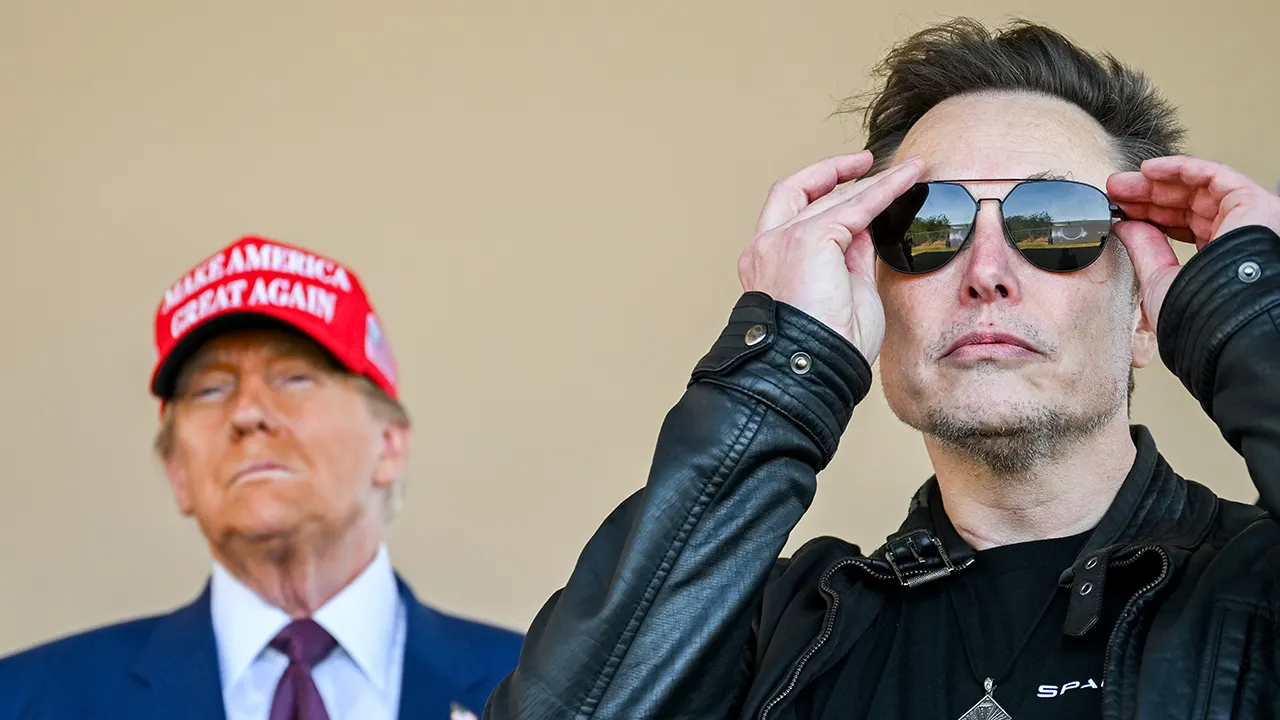(Bloomberg) — Secondary transactions involving venture-backed startups are on track to hit a new high this year, as companies like OpenAI, SpaceX and Stripe Inc. organize tender offers to get employees paid, and investors look for ways to offload stakes outside of initial public offerings.
Tender offers give staffers, former employees and certain investors a way to sell their shares directly to other investors. It’s a break from past years, when major startups looking for a payday for staff would go public — the traditional route to fame and fortune in the tech world.
But with IPOs scarce, tender offers and other types of secondary deals have surged. NewView Capital, a firm that specializes in secondary markets, expects startup transactions on those markets to hit $21 billion in 2024, more than double the previous high in 2023.
Financial technology company Carta administered 26 tender offers last quarter, the most since the pandemic boom. And companies including Fanatics Inc., Databricks Inc. and Rippling have all recently completed or been in talks for similar deals. Meanwhile, SoftBank Group Corp. has had talks with OpenAI about buying $1.5 billion in shares from employees via a tender offer — the AI company’s second this year.
On secondary markets, buyers and sellers trade existing shares in private companies. That’s different than deals that issue new shares, which are what VCs generally buy in a funding round or what employees get access to as part of their compensation. A big part of the appeal is that such deals allow investors to offload stakes outside of IPO or acquisition, controlling the timing on when they get a payout.
This year, the larger secondary market got bigger than ever: 2024 is on track to top $140 billion in transaction value, according to investment bank Jefferies, up from the prior record of $132 billion in 2021. And a fast-growing portion of those transactions involve venture-backed startups, NewView says. Buyers include family offices, venture capitalists looking to snap up new shares and specialized secondary firms.
In the case of tenders, some companies coordinate the deals to get their employees get a cash windfall and help retain staff. Many startup employees might hold stock that makes them look rich on paper, but doesn’t equal spending power.
“Net worth doesn’t cover your needs,” says Greg Martin, who founded and runs Archer Venture Capital, a firm specializing in secondary funds, alongside his Rainmaker Securities, a platform for trading secondary shares. With illiquid startup shares, “You can’t buy a house, you can’t pay school tuition, you can’t take care of family health matters.”
Some bigger and older startups arrange share sales on a regular cadence, typically a couple of times a year. For example, SpaceX and Stripe have organized multiple such deals. That structure can help alleviate pressure from employees to go public.
This system is a contrast to past years, when tender offers were rare, and those who wanted to sell their private-company shares sometimes did so quietly and on a fairly ad-hoc basis, perhaps using a platform that matched willing buyers and sellers.
“It was a bit taboo,” says Larry Aschebrook, the founder and managing partner of G Squared Investment Management LP. “It was companies thinking, ‘If somebody wants to sell my stock, I must be failing.’” That attitude has all but disappeared, Aschebrook says, largely because of the long wait for some big startup IPOs. The result has transformed his secondary-heavy investment business, from “a struggle” to “great.”
Employees aren’t the only ones selling stakes. Many VCs are also unloading shares on the secondary markets. Over the last 24 months, venture capitalists have seen far fewer money-making transactions — acquisitions, IPOs, or buyouts — than they’re used to. Last quarter, such transactions barely topped $10 billion, according to PitchBook. Compare that to 2021, when each quarter saw at least $100 billion in returns. That’s driven more urgency for investors to seek returns outside the primary markets.
Institutional investors are involved, too. Earlier this year, the Los Angeles County Employees Retirement Association said it would reduce the percentage of assets it allocates to venture capital and growth equity to between 5% and 25% of its growth category, down from a target range of between 15% and 30% previously. At the same time, it said it would increase the target range of the group that includes secondary shares to as much as 35% of its growth category, compared with 30% previously.
Archer’s Martin sees opportunity in these rough times. On the secondary markets, he likes to buy shares in venture-backed companies that will be acquired or go public relatively soon — ideally in three to four years. And he says he gets good prices.
“What’s nice about the secondary market is it’s a little less efficient,” Martin says. “When you need liquidity,” meaning cash, “you’re less price sensitive.” Startups shares still trade at a discount on the secondary markets compared to their latest official valuation on average. Some of the companies whose secondary shares Martin holds in his portfolio include improved-sleep business Hatch Baby Inc., AI computing company Lambda Inc. and writing assistant Grammarly Inc.
The market once had a reputation as a Wild West. Carta, for example, pulled out of the secondary business altogether earlier this year after attracting fury from founders for trying to get investors to sell their shares. But secondaries have gradually become more formalized, in part because of the growing popularity of tender offers.
While some VCs remain glum about the long, slow timetable to IPO, secondary specialists feel they’ve found a bring spot. “It’s exciting,” Aschebrook said.
More stories like this are available on bloomberg.com
Catch all the Business News , Corporate news , Breaking News Events and Latest News Updates on Live Mint. Download The Mint News App to get Daily Market Updates.
MoreLess












Leave a Reply